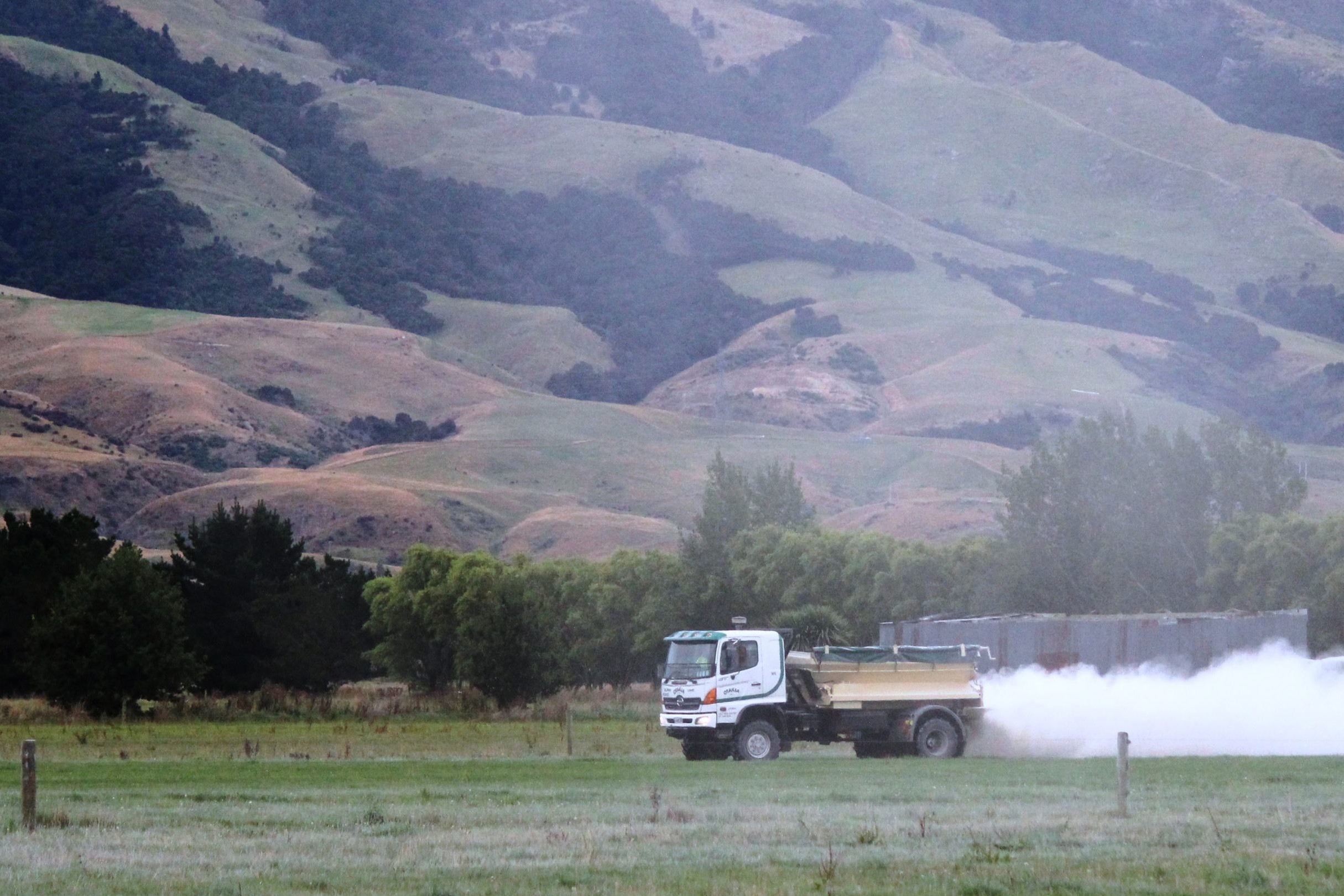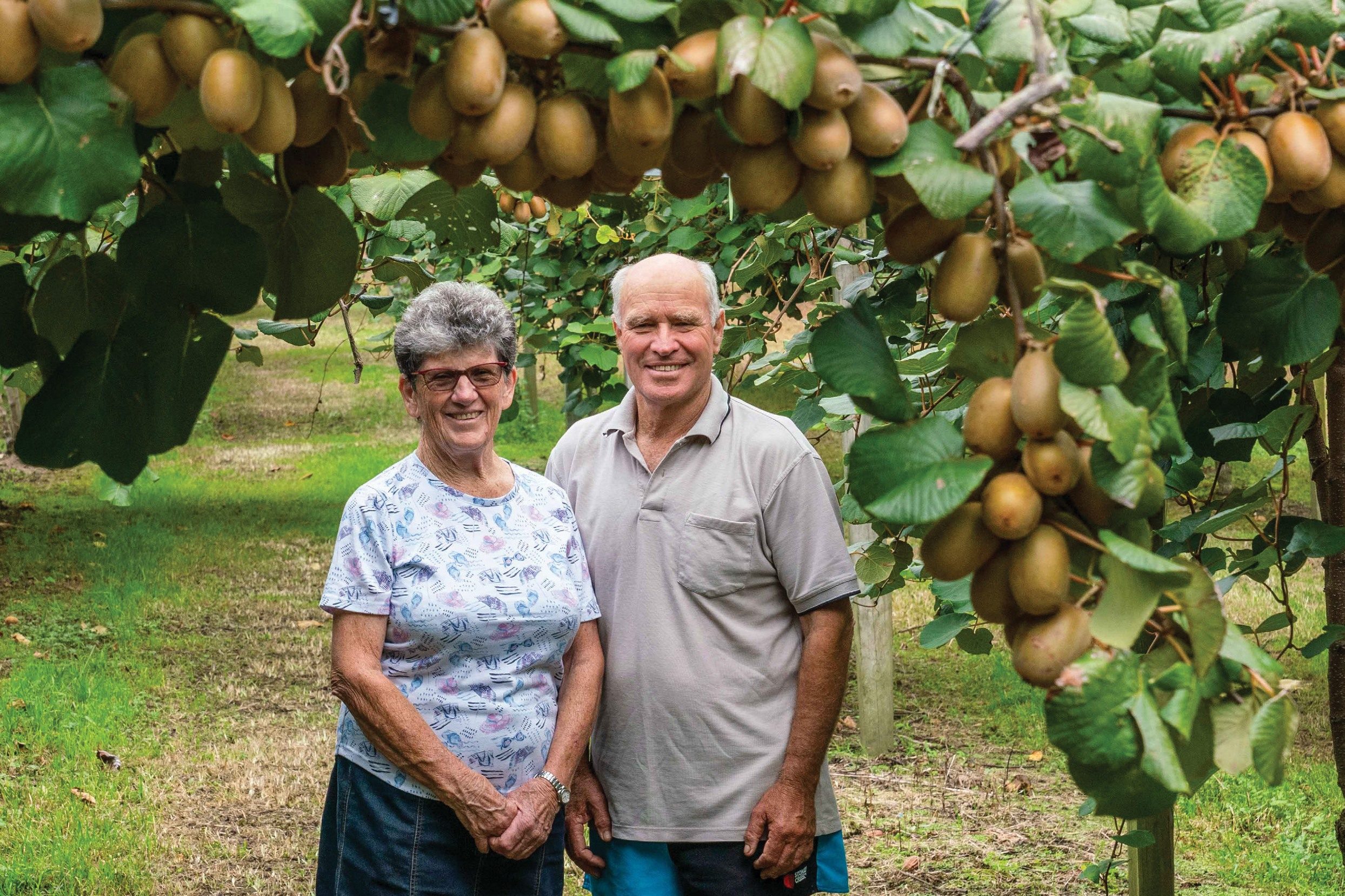Tetraploid ryegrass and clover could be a godsend for reducing nitrogen levels in Canterbury. Anne Lee reports.
Tetraploid ryegrass varieties and clover will both have an increasing role to play in the near future as farmers strive to reduce their environmental footprint, experts say.
Barenbrug marketing manager Graham Kerr told the Lincoln University Dairy Farm (LUDF) focus day that when thinking about what to sow, the first consideration is what type of system farmers want to run.
Given regulatory pressures, it is likely farm system shifts will lead to a lot more tetraploid cultivars planted in Canterbury – whether as a mix with diploids or on their own as the ryegrass component of the sward.
“I think we’re going to have to go that way, they’re going to be a godsend in terms of reducing nitrogen footprint as part of a whole farm system change.”
Graham says the ability to graze tetraploids at higher pre-grazing covers and still achieve target residuals allows increased intake of high-quality pasture and can help farmers extend their grazing round.
That can enable farmers to reduce stocking rate while maintaining production or minimising total production losses and protect profitability if they manage the pasture and system well.
Fewer grazing rounds can mean fewer nitrogen applications and a lower stocking rate can mean fewer urine patches. This can go some way towards reducing methane emissions.
The farm team at LUDF used tetraploids to achieve a lighter environmental footprint sowing them in a mix with a diploid.
Stocking rate was reduced and a higher average farm cover and higher pre-grazing covers were run, enabling an extra 1.1t drymatter (DM)/ha/year.
However, Graham had some cautionary advice for farmers using tetraploids.
“Tetraploids need more grazing management – you have to manage them well because when you’re running higher covers and grazing at 3400kg DM/ha, surpluses happen more quickly.”
A weekly farm walk is key to responding quickly to growth rate changes.
Italian or annual ryegrasses can offer cool season growth and produce spectacular tonnages in a short time but they also run out quickly. Persistency rankings increase for ryegrass as you go from Italian to hybrids to tetraploid to diploid/tetraploid mixes to diploids.
However, cool season growth and establishment speed rankings decrease.
On support blocks, farmers could consider persistent perennials such as new cultivars of cocksfoot or spreading perennial ryegrasses such as Rohan.
These can work well on dryland blocks where there isn’t the grazing pressure of a milking platform.
The DairyNZ Forage Value Index (FVI) is a good starting point for farmers with cultivars scored based on production, quality and seasonal growth.
Clover all over
Agricom product development specialist Allister Moorhead told farmers that it used to be increasing milk production was at the top of his list when it comes to increasing legume content in pastures.
“You can measure milk solids movement in your vat with percentage changes in white clover (in the paddock) that we would struggle to see by eye.”
Next on his list is ease of grazing management – as clover increases, its palatability makes it easier to achieve residuals.
Third on the list would normally be nitrogen fixation. However, the world is changing and in a world of nitrogen limits it is rising up the priority list, he says.
As fertiliser nitrogen drops, clover content will naturally increase and at times when ryegrass is struggling due to higher temperatures, it will come into its own.
With low levels of fertiliser nitrogen, clover content will naturally cycle up and down.
As clover “feeds” the ryegrass, the ryegrass will begin to dominate until it reaches the point where it’s used by the freely available nitrogen fixed by the clover.
Then the ryegrass will become less dominant and the clover will have the light and space to increase again.
Getting good levels of nitrogen from clover requires plenty of the legume, he says.
“The basic rule is 26-28grams per kg DM of legume so to get 28kg of nitrogen you will need about 1t DM/hectare of clover.”
Sowing depth is exceptionally important to get good establishment of clover, Allister says.
One centimetre is as deep as it should be sown.
Clover will do better at about pH 6 and requires slightly higher levels of phosphate, sulphur and potassium than ryegrass.
While the macronutrients drive production, micronutrients optimise performance with molybdenum a key micronutrient for clover.
There are some compromises to be made in establishing new pasture if the aim is to get strong clover establishment.
Roller drilling is ideal but it will mean slightly lower early yields from the ryegrass component.
He suggests cutting diploid ryegrass sowing rates to 16kg/ha if trying to get good clover establishment.
White clover should ideally be sown at 4-5kg/ha.
Tetraploids should be sown at 24kg/ ha because these have heavier seed rather than the 30kg/ha advised for ryegrass alone.
“Then it’s how you manage it through that first season. The first two to three grazings are extremely important because the clover plant is going to be a long way behind the ryegrass and you need to be giving it enough light to get well established.
“Through that first spring it can mean more open pastures and you’re going to have to elevate your management.”
Under-sowing can be effective so add clover to any under-sowing programme but plants need light and time.
Broadcasting with fertiliser can work but will take 8 – 12-months before it’s noticeably present and needs careful grazing management to ensure light through establishment.





